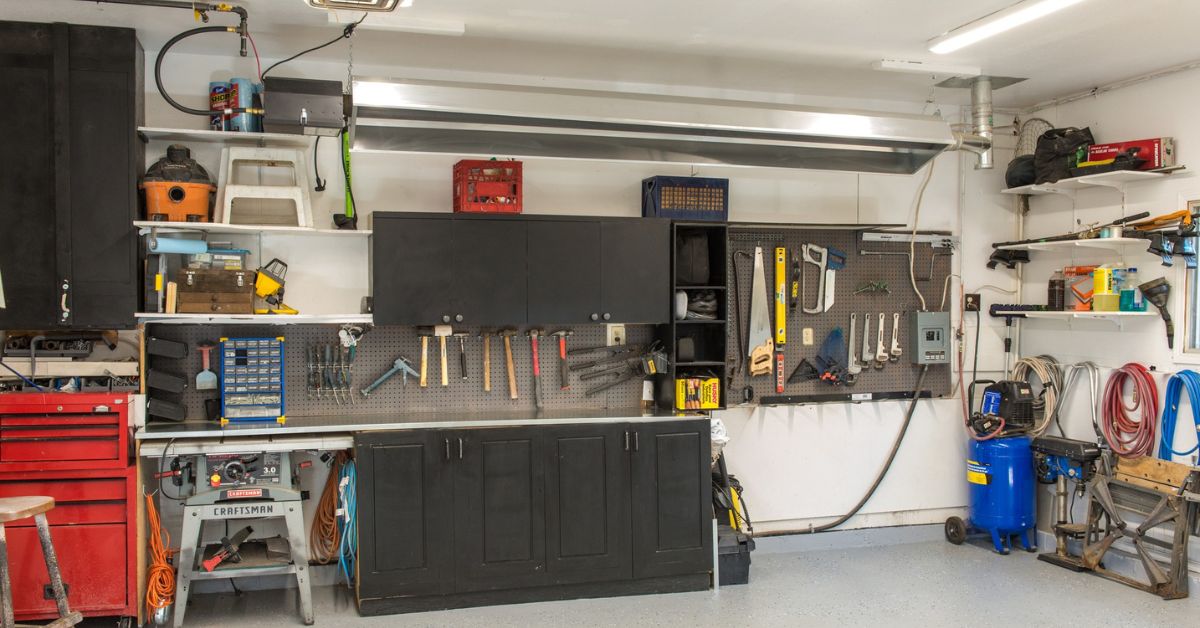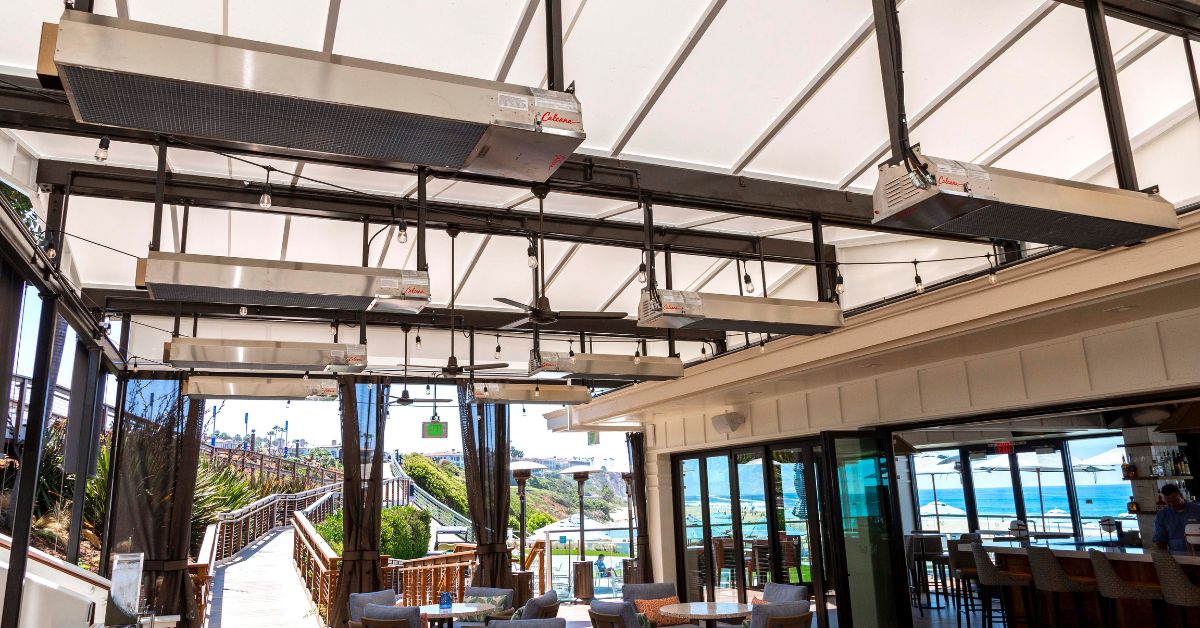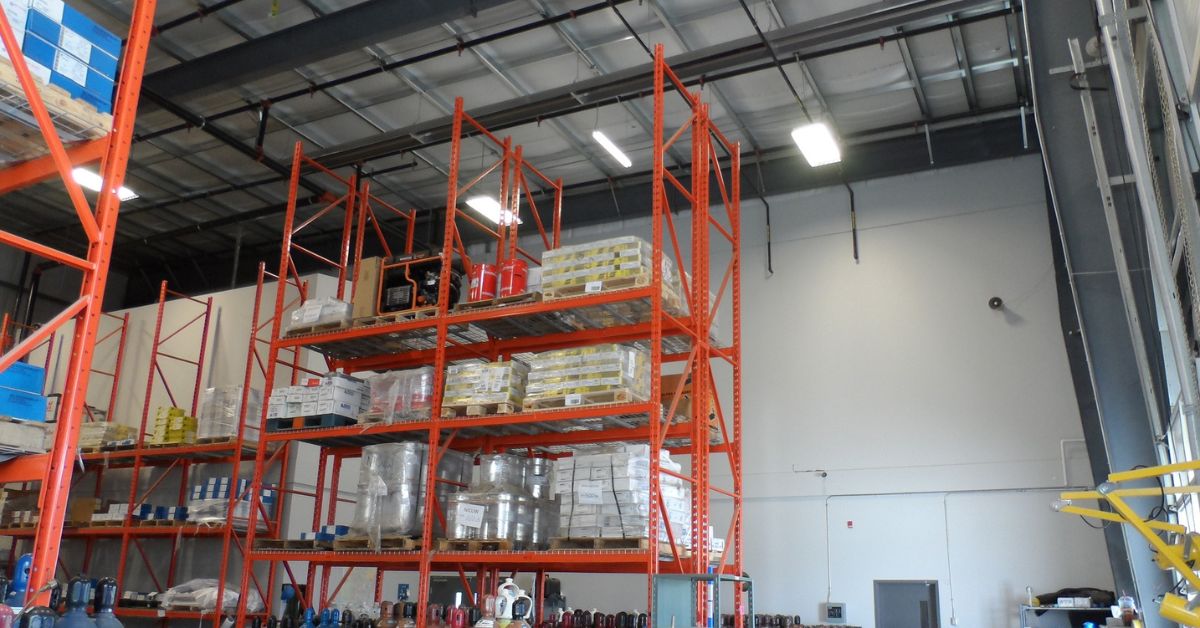Whether you’re using your garage as a workbench or an at-home gym, keeping the area comfortable and warm protects you and your equipment from weather fluctuations. As a cost-effective solution, many homeowners mount infrared heaters in these rooms, but proper installation is crucial for safety. Determine how close you should place your infrared heater to the objects in your garage and how these preventative measures protect your equipment from damage.
Consider the Structure of Your Garage
Your current garage layout will help you consider what kind of infrared heater works best in your space. Garages vary in size, layout, and material. All these factors affect the distance you can safely store items near an infrared heater in your garage. By assessing your overall space, you can avoid potential damage and hazards.
The Space Between Walls and Heaters
Garages with varying wall dimensions require careful heater placement to warm the space properly. If your heater is too close to the walls, heat may accumulate and lead to wear, discoloration, or even structural damage over time. For a safe installation, manufacturers recommend keeping your heater at least 36 to 48 inches from any wall.
The Role of Garage Materials
The material of your garage’s surfaces significantly influences heater placement. For instance, wood is more heat-sensitive than materials like concrete or brick. If your garage has wooden walls, consider placing the heater at a greater distance from the wall. This creates a safer heating setup and extends the lifespan of your garage’s structural components.
Insulation and Heater Performance
An insulated garage retains heat better, which affects how much power your heater needs. Garages with high insulation levels allow you to mount the heater further away from objects, while less insulated spaces may require closer placement.
Evaluate the Types of Objects in Your Garage
The types of items stored in your garage influence where you can safely install the infrared heater. Different materials react to heat in various ways, so understanding this interaction creates a setup that maintains functionality and safety while protecting your possessions.
Placing the Heater Near Metal Tools
Metal tools and equipment are common in garages, but infrared heaters can make these items hazardous for homeowners. Metal absorbs and reflects heat, which can make surrounding areas uncomfortably hot. Keep your infrared heater at least 48 inches from metal objects to prevent heat buildup and potential burns when handling tools.
Avoiding Heat Damage to Plastics
Plastic is especially vulnerable to heat, as it can warp or melt when exposed to high temperatures. If your garage contains plastic storage bins, chairs, or other plastic items, maintain a distance of at least five feet between these objects and your heater. This protects your items and keeps your garage free of unpleasant fumes from overheated plastic.
Protecting Wooden Furniture
Wooden shelving, cabinets, or tables can crack, fade, or even ignite under intense or prolonged direct heat exposure. Create a minimum clearance of 36 inches between wooden furniture and your infrared heater to avoid any issues.

Understand the Heater’s Heat Output
The heat output of your infrared heater determines how quickly and efficiently your system will warm up your garage. This will vary depending on the model’s capabilities, the size of your garage, and how often you plan on using the heater. Adjusting placement based on these factors can prevent any hazardous conditions in your home.
BTUs and Recommended Clearances
Infrared heaters have varying heat outputs, often measured in British Thermal Units (BTUs). High-BTU heaters emit more heat and need greater clearance from objects and surfaces. Lower- and medium-BTU heaters, on the other hand, often allow for closer placements to objects. If you choose a lower-BTU heater, double-check that it will still meet your garage’s heating needs.
Heating Radius and Distribution
Some infrared heaters offer directional heating, while others operate with a wider radius. Position directional heaters to face open areas to avoid concentrating heat on one specific area. This gives proper warmth throughout the room and minimizes risks posed by overheating nearby items.
Fan-Assisted Models and Air Circulation
Certain infrared heaters feature fans to help distribute heat evenly. These models allow you more flexibility in placement options since they prevent heat from lingering too close to any specific surface. Consult the product’s manual for placement guidelines tailored to fan-assisted heaters.
Account for Ventilation and Airflow
Poor ventilation can cause heat to linger around objects, which increases the chances of damage or safety hazards. Assess your garage’s current ventilation systems to determine how close you should place your infrared heater to the objects in the room without creating a congested space.
Placement Near Vents and Doors
Position the heater away from air vents and garage doors to prevent heat from escaping. This regulates the temperature in your garage and improves the systems’ efficiency. Along with this, avoid placing heaters directly near ventilation systems that could block airflow.
Natural Air Circulation
If your garage has limited mechanical ventilation, take advantage of windows or vents for proper air circulation. This prevents hotspots from forming around your stored items. When installing heaters, also check that doorways, windows, and other openings do not interfere with the natural diffusion of heat.
Preventing Overheating of Small Spaces
Small and compact garages tend to overheat more quickly, especially if you install a high-quality infrared heater. Lower-BTU heaters are often more appropriate and cost-effective for these rooms to prevent intense heat buildup on walls or nearby items.

Factor in Seasonal Adjustments
The time of year also affects how and where you should position your heater. Seasonal changes impact garage use, stored contents, and even the effectiveness of certain heater placements.
Placement for Winter Conditions
During colder months, adjust your heater’s focus to provide increased warmth for high-use areas. This includes workbenches, exercise equipment, or other living spaces that you use frequently throughout the season. Keep in mind that, although you can increase the heat distribution of your infrared system, it also raises energy consumption.
Summer Storage Concerns
If your heater remains installed during summer, block the system from items sensitive to sunlight or high temperatures. Cover or relocate these objects to mitigate damage during the warmer season. Additionally, disconnecting the power supply to dormant heaters ensures they stay off during the summer.
All-Season Safety Checks
Conduct regular safety checks to ensure your heater remains in optimal condition regardless of the season. Verify that its placement, wiring, and mounting brackets remain secure and maintain proper clearance around the unit.
For your convenience, many infrared heaters also feature different installation methods to make room for the equipment and vehicles stored in your garage. Calcana USA provides mounted heaters for garages that hang from the walls and the ceiling to free up valuable space in your garage. This allows you to use cabinets, tool racks, and other pieces of furniture without any hassle. Choose an infrared heater that works best for your garage to keep your equipment warm and safe during those colder months.




Leave a comment
This site is protected by hCaptcha and the hCaptcha Privacy Policy and Terms of Service apply.